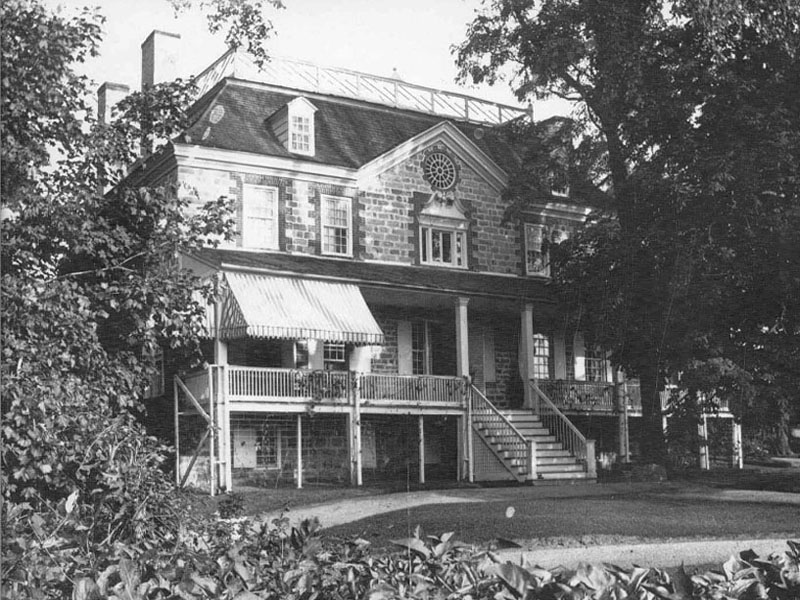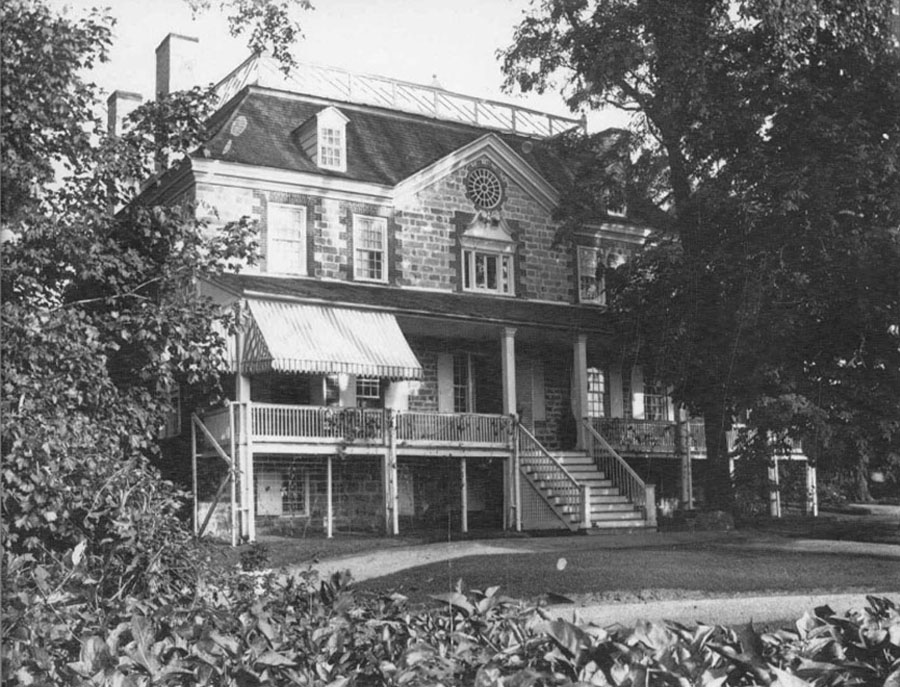
12 Aug Meet or Mate? House or Hoos? (Noah Webster)
Meet or Mate? House or Hoos?
by Leslie Battis
In 1781, a young Noah Webster took up residence in Sharon, CT, at the home of Cotton Mather Smith, pastor of the Sharon Congregational Church. Unable to find work as a lawyer, Webster opened a school in Sharon for “young gentlemen and ladies to be instructed in reading, writing, mathematics, and the English language.” Webster’s school was an instant success, but he was horrified with the poor quality of school textbooks in use. Although this was after the American Revolution, the textbooks came from England. Webster was a fervent patriot and believed that Americans should be learning from American textbooks rather than British. He also believed that the inconsistencies of English spelling presented obstacles to students both young and old. In 1783, he published The American Spelling Book, also known as the Blue-backed Speller. The book stayed in print for over 100 years and was the money maker that allowed Webster to devote the second half of his life to creating an American dictionary.
To write his dictionary, Webster relied on the most famous dictionary of his time: Samuel Johnson’s Dictionary of the English Language that was published in England in 1755. The Norfolk Library has the 1785 edition of Johnson’s dictionary that belonged to Joseph Battell, the grandfather of Isabella Eldridge, founder of the Library. Webster’s copy of the 1799 edition of Johnson’s Dictionary, with his notes in the margins, is in the Rare Book Room of the New York Public Library.
Webster denounced Johnson for his support of the British during the American War of Independence and complained that Johnson’s Dictionary was “extremely imperfect and full of error.” However, Webster used approximately 30% of Johnson’s definitions in his dictionary. What he did not retain was Johnson’s spelling.
Webster’s spelling reforms were a move for American identity. He held strong convictions that a national language would unify the individual states. “Now is the time, and this the country … Let us then seize the present moment, and establish a national language, as well as a national government.” A distinctive American language with its own spelling and pronunciation would help develop the cultural independence of the United States.
Other goals were simplicity and consistency. Johnson’s Dictionary had been the first to attempt to enforce a standard of spelling upon the inconsistent English language. Webster strove to further standardize spelling. Why was English so inconsistent in its spelling? We can blame the Great Vowel Shift, which took place from the 1400s to the 1700s. Vowels were spoken higher in the throat and closer to the lips, which changed the pronunciations. Before the vowel shift, “meet” was pronounced “mate”, “house” was pronounced “hoos”, and “wife” was pronounced “weef.” Words were printed for the first time even as they were changing in both sound and cultural context.
For example, consider the “ough” combination. There are at least ten pronunciations for this combination of letters, ranging from “cough” to “through” to “dough” to “bough.” Each of these pronunciations was standardized at a different time during the Great Vowel Shift, which results in the confusion that we have today.
Many of Webster’s changes became standard usage. He replaced “colour” with “color” (dropped the redundant u), “centre” with “center” and “realise” with “realize” (removed the French influence). Reasoning that many spelling conventions were artificial and needlessly confusing, he altered many words, such as “musick” to “music” and “plough” to “plow.”
An American Dictionary of the English Language was published in 1828. The dictionary contained 70,000 words of which 12,000 had never been in a published dictionary. 5,000 new words were products of life in America, such as skunk, squash, and chowder. The dictionary succeeded in standardizing spelling and creating an American version of English.
Webster is considered the father of American English. The house in Sharon where he started writing his dictionary entries still stands at the southern end of the Sharon green.

Smith Homestead in Sharon, CT @Sharon Historical Society




Sorry, the comment form is closed at this time.